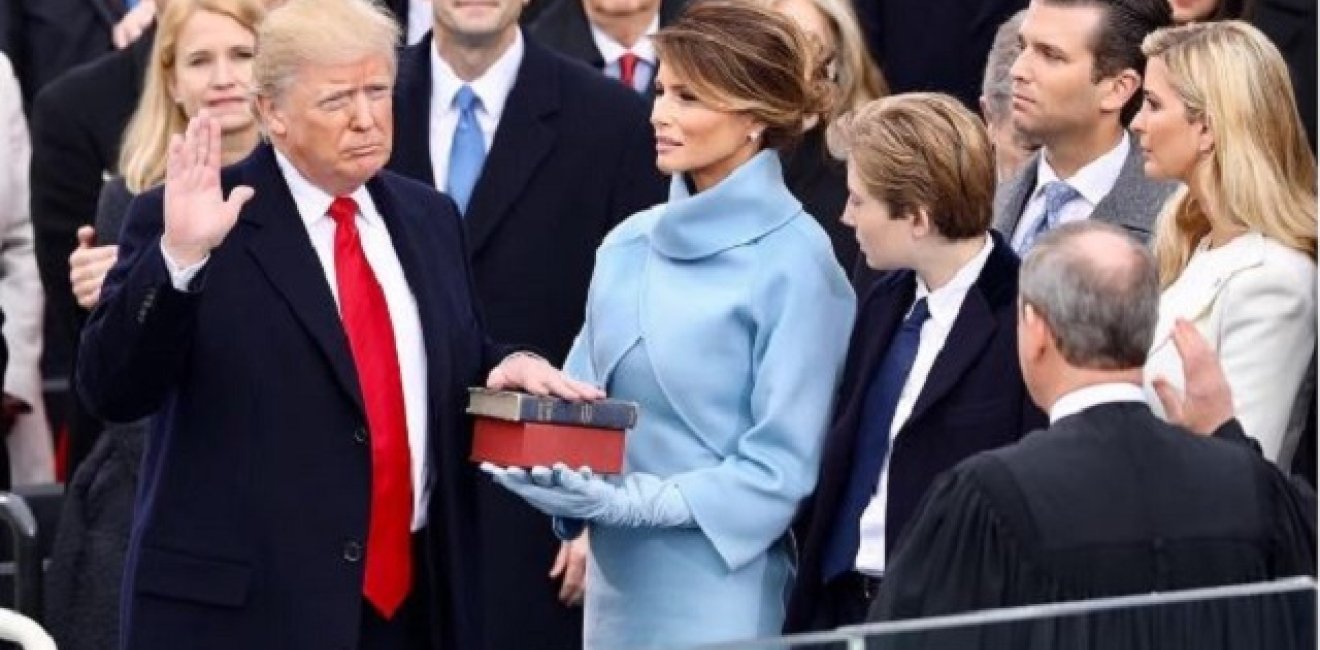President Trump’s road to victory was built on a promise to fight on behalf of the American worker to keep manufacturing jobs in the United States. Rightly or wrongly, Donald Trump and many other Americans put much of the blame for the immense challenges being faced by the working class on NAFTA and other free trade agreements.
The newly updated White House website states, “President Trump is committed to renegotiating NAFTA.” However, “if our partners refuse a renegotiation that gives American workers a fair deal, then the President will give notice of the United States’ intent to withdraw from NAFTA.” Media reports suggest an executive order for a NAFTA renegotiation may be imminent.
An outright withdrawal from NAFTA would be incredibly costly. A Wilson Center study recently found that nearly five million U.S. jobs depend on trade with Mexico, and a good number of them would be put at risk were the agreement to be scrapped. At this point, U.S. and Mexican companies have invested many billions of dollars in each other’s economies to build up a globally competitive regional manufacturing platform upon which cars and other products are jointly manufactured with parts and materials from suppliers dispersed across the continent.
Renegotiation, on the other hand, could be beneficial if the political minefield along the way to its completion can be successfully navigated. Realistically, there are no changes to NAFTA that can stop the slow decline of manufacturing employment in the United States, which is caused much more by automation and technological advance than anything else. But, as an agreement negotiated a quarter-century ago, there is plenty of space for the Trump administration to propose an update to NAFTA that would favor U.S. workers and competitiveness.
First, a simple update is in order. NAFTA was negotiated before the internet and smartphones became everyday tools of business and commerce. Issues such as cross-border data flows and exports of digital products ought to be included in any update for the agreement, as should innovative products that did not exist in the early Nineties.
Second, telecommunication advances have made it much easier for small and even micro businesses in the United States to find buyers abroad using online platforms like Amazon, Etsy, and business-to-business portals. Mexico and Canada are the obvious place for small businesses to first venture into foreign trade, but the complexity of customs rules and paperwork discourage many from taking this step. Simplifying customs paperwork and raising the threshold for the value of shipments before they face customs revisions, known as de minimis, would boost U.S. small business exports to our neighbors. Congress passed legislation to raise the U.S. de minimis value to $800 dollars in 2016. Mexico and Canada, each of which require customs processing for significantly lower value shipments, should reciprocate.
Third, the countries of the region should update NAFTA’s rules of origin. These rules set the threshold for the amount of regional content needed to qualify for NAFTA’s tariff benefits. In the auto industry, for example, 62.5 percent of a car or truck must be produced within North America before it can enter the U.S., Mexico, or Canada tariff free. The Trump administration should conduct a detailed analysis of NAFTA rules of origin, determining which regional content requirements could be strengthened to incentivize investment and job growth in the United States. Key to this is an understanding that manufacturers in Mexico and Canada buy lots of U.S. produced parts—producers in China and other parts of the world do not. During the review, care would need to be taken to also identify regional industries that could be pushed out of North America by stricter regional content requirements, preferring to forgo NAFTA benefits rather than pay tariffs on inputs they currently source from outside the continent.
Fourth, strengthen the NAFTA side agreement on labor rights. The countries of North America all agreed to abide by their own labor laws in the North American Agreement on Labor Cooperation. However, the accord has no effective enforcement mechanism, and while the right to collective bargaining and other labor rights in Mexico are strong on paper, enforcement is varied and lacking in certain areas (to be fair, the United States has a less than perfect record itself). Incorporating labor issues into NAFTA itself, rather than leaving them in a weak side agreement, could add teeth to the commitment to respect national standards and thereby ensure that companies do not leave the United States in an effort to avoid the cost of respecting workers’ rights. An analogous approach to strengthening the environmental side agreement could provide similar gains.
Fifth, since the United States tends to have an advantage in the high skill industries that make up much of services trade, special emphasis should be put on eliminating obstacles to services exports. The United States has long maintained a surplus in services trade with Mexico, but the value of trade in services is just a fraction of bilateral merchandise trade. Important areas to consider include U.S. financial service exports, express delivery, educational services, air travel, and licensing requirements for U.S. professionals providing services abroad.
Finally, the best way to improve the results of NAFTA is to improve not just the agreement itself, but the context in which it is operating. The infrastructure investments and corporate tax overhaul promised by President Trump could, if implemented well, be a very good start. The crux of the issue though is again the American worker. Liberalizing trade opens U.S. workers to greater competition from around the world. Americans have never shied away from competition, but to do so effectively they need support in the form of greater investment in workforce development. This huge undertaking requires improvements in basic education, better alignment of post-secondary education with labor market demand, and most directly related to trade and manufacturing employment, a strengthening of worker re-training programs for those left behind in the quickly evolving global economy. In short, any effective trade policy must be embedded in a broader competitiveness agenda, and the Trump trade agenda is no exception.
Christopher Wilson is Deputy Director of the Wilson Center’s Mexico Institute and directs the Institute’s project, Growing Together: Economic Ties between the United States and Mexico.
This article was originally published on the Mexico Institute's blog on Forbes.com.
Author


Mexico Institute
The Mexico Institute seeks to improve understanding, communication, and cooperation between Mexico and the United States by promoting original research, encouraging public discussion, and proposing policy options for enhancing the bilateral relationship. A binational Advisory Board, chaired by Luis Téllez and Earl Anthony Wayne, oversees the work of the Mexico Institute. Read more





